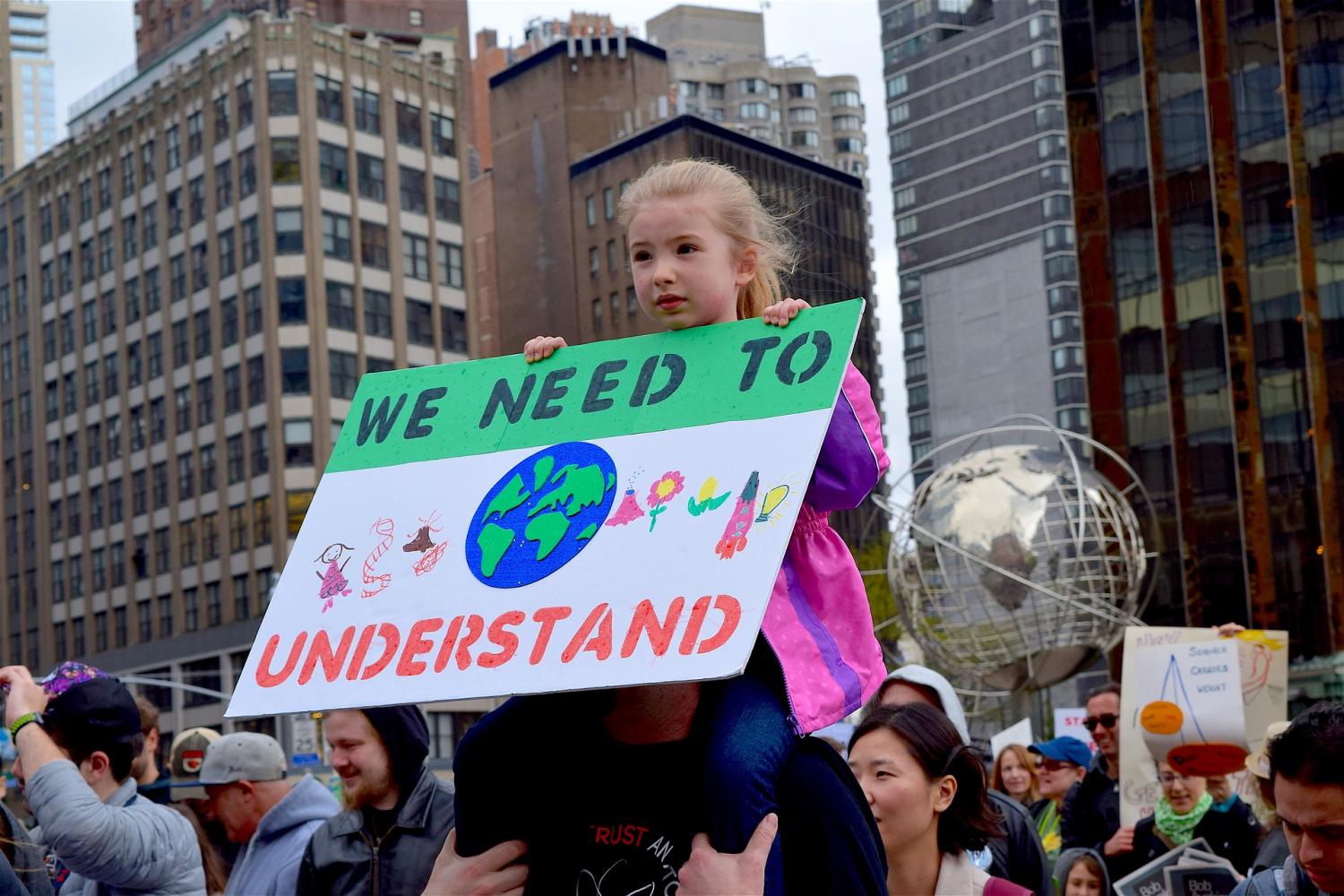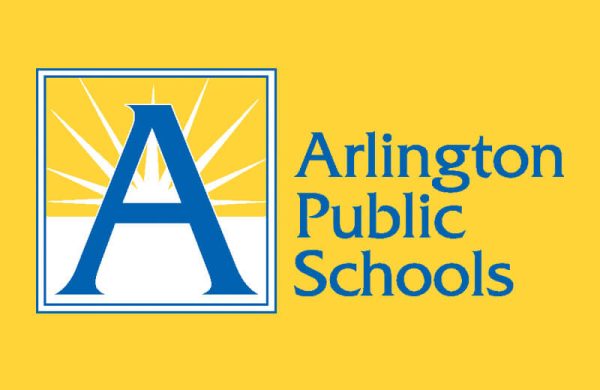Science March and Climate March draw thousands to the district
Crowds of protesters gathered in the district and in numerous other cities around the world on April 22, also known as Earth Day, for the March for Science.
While from its name people may assume that the March for Science would be an exclusive event for scientists or otherwise devoted science-enthusiasts, in fact more than 15,000 people of various backgrounds marched in the district alone, with similar numbers appearing in other large American cities like Los Angeles and Chicago. March organizers were pleased with this turnout,but said it was something that they had expected of the public because of the universality of science. “You don’t need to be a professional scientist to understand science is important, basically,” march organizer Caroline Weinberg said. “Acting as though this is going to be a pure divide between scientists and the public is acting as though the public doesn’t have any investment or interest in science, which I think is a really unfair and unfortunate way of looking at the majority of our population.”
Many of those who protested were upset by recent statements and actions of the Trump administration, including its stance on climate change and Kellyanne Conway’s ‘alternative facts’ flop earlier this year. Still, as the importance of science is relevant to both sides of the political spectrum, the official purpose of the march remained to simply support science, evidence-based research and facts in a bipartisan effort. “I think it is fair to say that this administration catalyzed the happening of this march, there is no doubt about that,” Lydia Villa-Komaroff, the national co-chair for the March for Science said. “Still, it is nonpartisan. It is aimed not only at both sides of the aisle, where there are people who are dismissing the use of evidence in decisions and policy, but at the public at large where there seems to have become this disconnect between what science is and its value to society.”
Neither the Trump administration nor other governments in the cities which had sister-marches have directly commented on the March for Science, but protestors do not see this as too much of a loss. “Politicians haven’t commented on any of the big events recently,” biology teacher Ms. Kirsten Johnston said. “They didn’t comment on the women’s march or the tax march and now not the science march. I think there’s a couple of things happening there, but I think that to get our voices out there and heard really is a huge victory for the scientific community.
The march has made a tangible difference to both the scientific community and the public’s perception of the work that scientists carry out. Even for people nowhere close to the setting of the march, the messages that protesters tried to convey were heard loud and clear. “I did not go the the March for Science because I could not [go] this weekend, but I would have loved to,” Freshman Anna Harpel said. “People protested to try and make sure that the scientific research on worthwhile topics is continued, which is obviously really important, and I think that after the march, people really saw that.”
Both students and teachers at the school felt that the March for Science conveyed and important message, and after seeing the effect that it had, they feel more inclined to take action themselves. Some chose to do this specifically by taking part in the Climate March planned on Saturday by a large portion of the scientific community. “The March for Science was honestly really inspiring,” Harpel said. “This weekend, I actually am trying to go to a similar event called the Climate March. It is because I’m really interested in the environment and I want to make sure that everyone knows that climate change is actually a thing that we need to be worried about. People should know how important our habitat is, and I think that marches like these can do a good job at spreading lots of awareness.”













